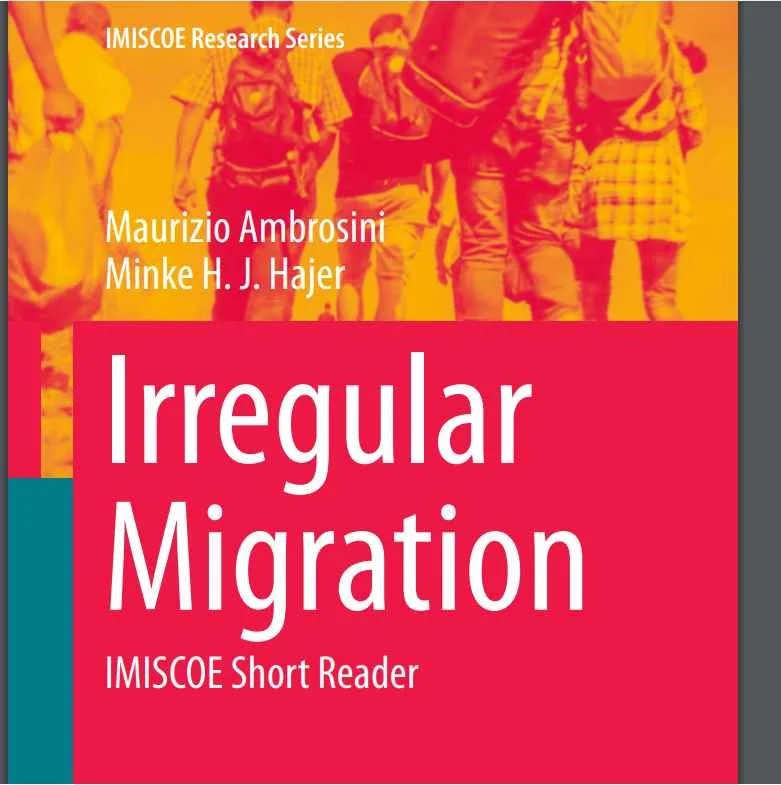By: The World Bank
Migration is a development challenge. About 184 million people—2.3 percent of the world’s population—live outside of their country of nationality. Almost half of them are in low- and middle-income countries. But what lies ahead? As the world struggles to cope with global economic imbalances, diverging demographic trends, and climate change, migration will become a necessity in the decades to come for countries at all levels of income. If managed well, migration can be a force for prosperity and can help achieve the United Nations’ Sustainable Development Goals. World Development Report 2023 proposes an innovative approach to maximize the development impacts of cross-border movements on both destination and origin countries and on migrants and refugees themselves. The framework it offers, drawn from labor economics and international law, rests on a “Match and Motive Matrix” that focuses on two factors: how closely migrants’ skills and attributes match the needs of destination countries and what motives underlie their movements. This approach enables policymakers to distinguish between different types of movements and to design migration policies for each. International cooperation will be critical to the effective management of migration.
“World Bank. 2023. World Development Report 2023: Migrants, Refugees, and Societies. © Washington, DC : World Bank. http://hdl.handle.net/10986/39696 License: CC BY 3.0 IGO.”



























